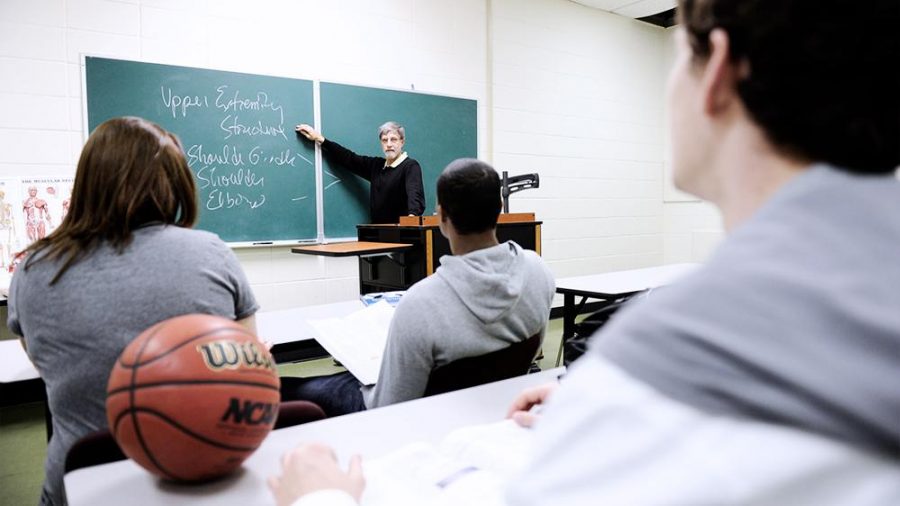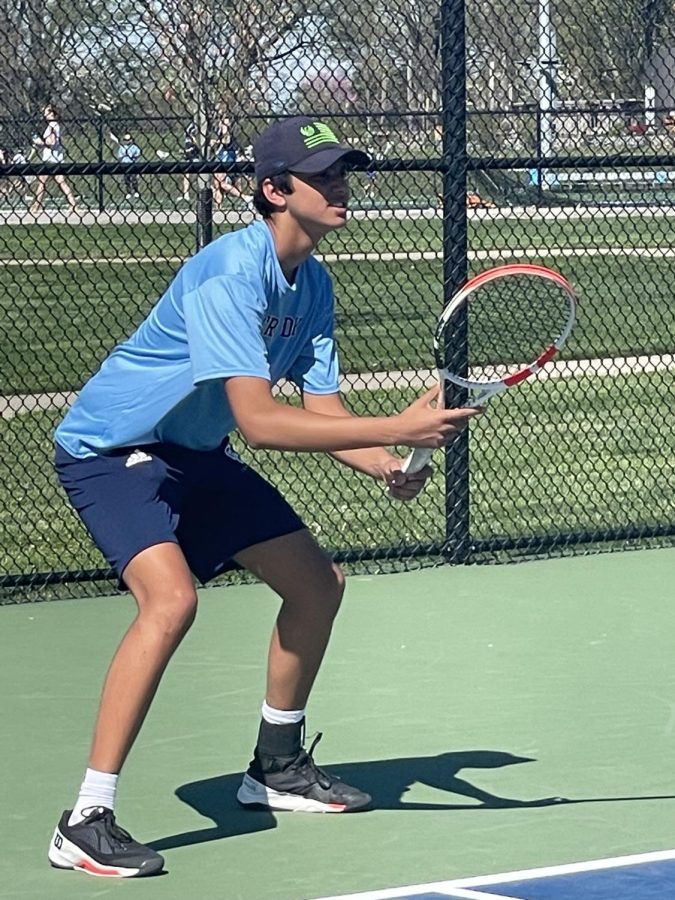By Kevin Yu ’17, Contributor
Will playing a college sport be worth my time and effort? Will it help me get into the school of my dreams? A question considered by high school student-athletes across the country and the world, deciding whether to pursue a sport for four more years can be a daunting decision. After all, it will influence much of one’s life for four important years of life.
Like all major decisions, college athletics have many pros and cons. They can offer much-needed scholarship money, for those who may not be able to afford a college education. A player can also spend time with a different group of people while playing a sport he or she loves. Moreover, college athletics provide an opportunity to compete and represent one’s school in a positive manner. All these, and more, are reasons Cincinnati Country Day School soccer striker and football kicker, Sean O’Brien ’16, pursues a role as a college athlete. He said that he “enjoy[s] competing and doing extracurricular activities in high school,” and that “continuing that trend and habit would be a good thing for [him] in college.” Likewise, he stated it would be “a good opportunity to meet new people who all share the same passion and to represent your school while doing something you love.”
Besides sharing a passion with others, playing a varsity sport in college can help tremendously with the admission process. If a prospect is of interest to a particular coach, he/she can almost bypass the stress of applications and the hopes of getting in a school, yet having those hopes dashed. For many, this means getting their dream school. Last year, Dartmouth accepted only 9.7% of those who applied. However, out of the student-athletes who applied and were offered official visits for their sport, 100% of those students were accepted.
Students can also obtain important scholarship money through college athletics. For many families, money is the deal breaker that prevents someone from attending the school of his/her choice. However, playing a sport in college can help tremendously with the ever-rising cost of a college education. Depending on the sport, a typical college can offer anywhere from 5-100 scholarships. The average sports scholarship in Division 1 of the NCAA is about half the tuition, which may very likely determine whether a family can afford to send their child to a school.
While college athletics have many advantages, they have its drawbacks as well. Many think that the balance between academics and athletics is too much to handle, for good reason. Most Division 1 teams practice upwards of 6 hours a day. Even if the time management doesn’t catch up to you, the fatigue from the daily grind of practice very much could. Although many people love the sport they play, few can say they would be willing to 5-6 hours of physical exertion per day towards it. Moreover, injuries can sideline one for months, and even set them back from where he or she was before, with teammates and competitors constantly improving and new recruits being brought in. Country Day soccer defender Nick Krammer ’17 claims “soccer is a passion and I am disappointed to walk away from it, but college is for education and that is where my full attention needs to be,” and that he “won’t be able to balance a load of difficult courses with hours of practice each day.” Currently, despite having a workload of 5 honors/AP courses and an elective, he claims to only “have trouble managing time during late games.”All in all, college athletics bring both unique benefits and drawbacks. For some, those benefits make the pursuit worthwhile. For others, they take away from education and the pursuit of intelligence. Altogether, college athletics should be seen as an opportunity to consider and a choice to be made.
Image Source:http://www.ncaa.org/student-athletes







